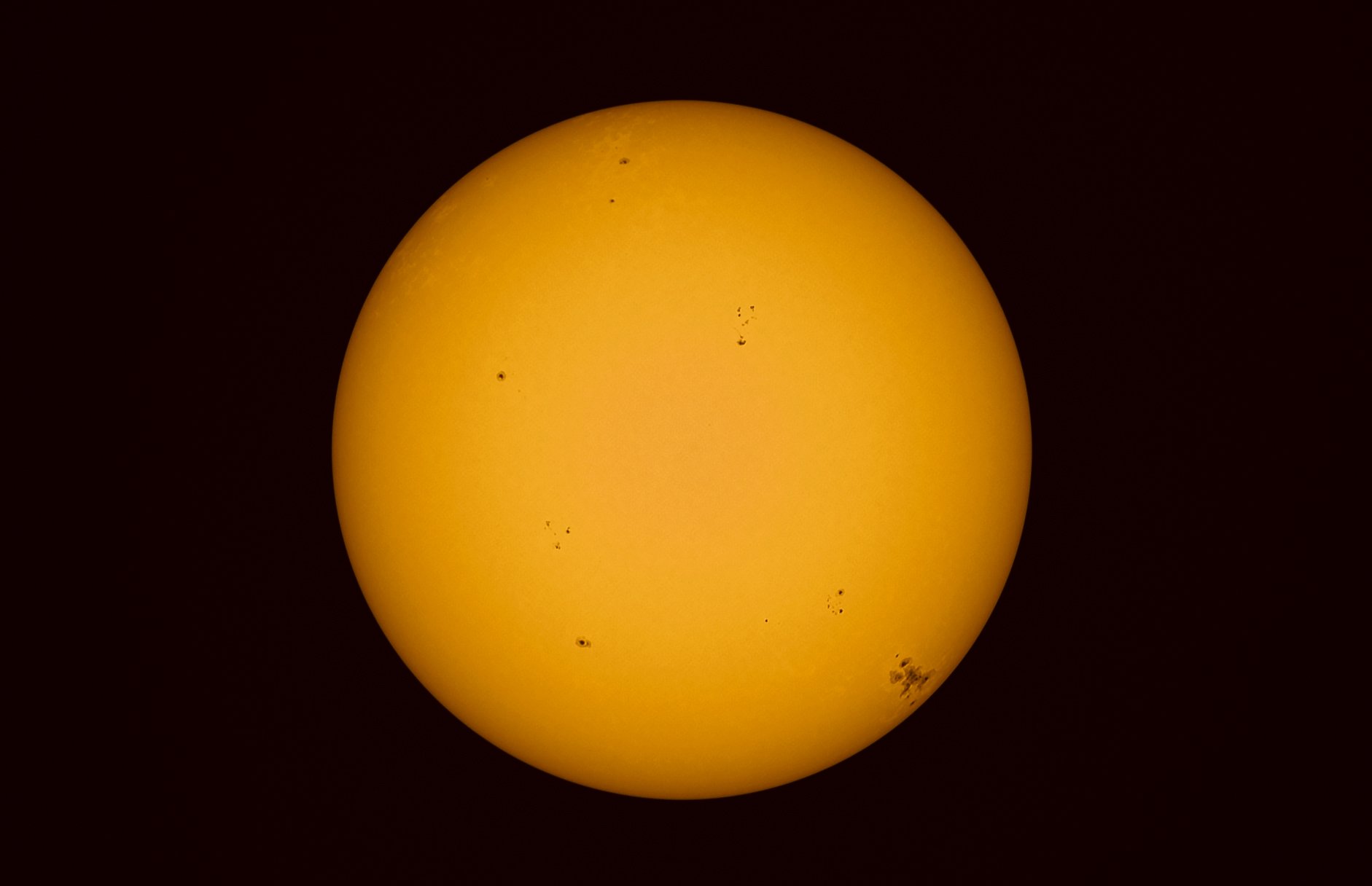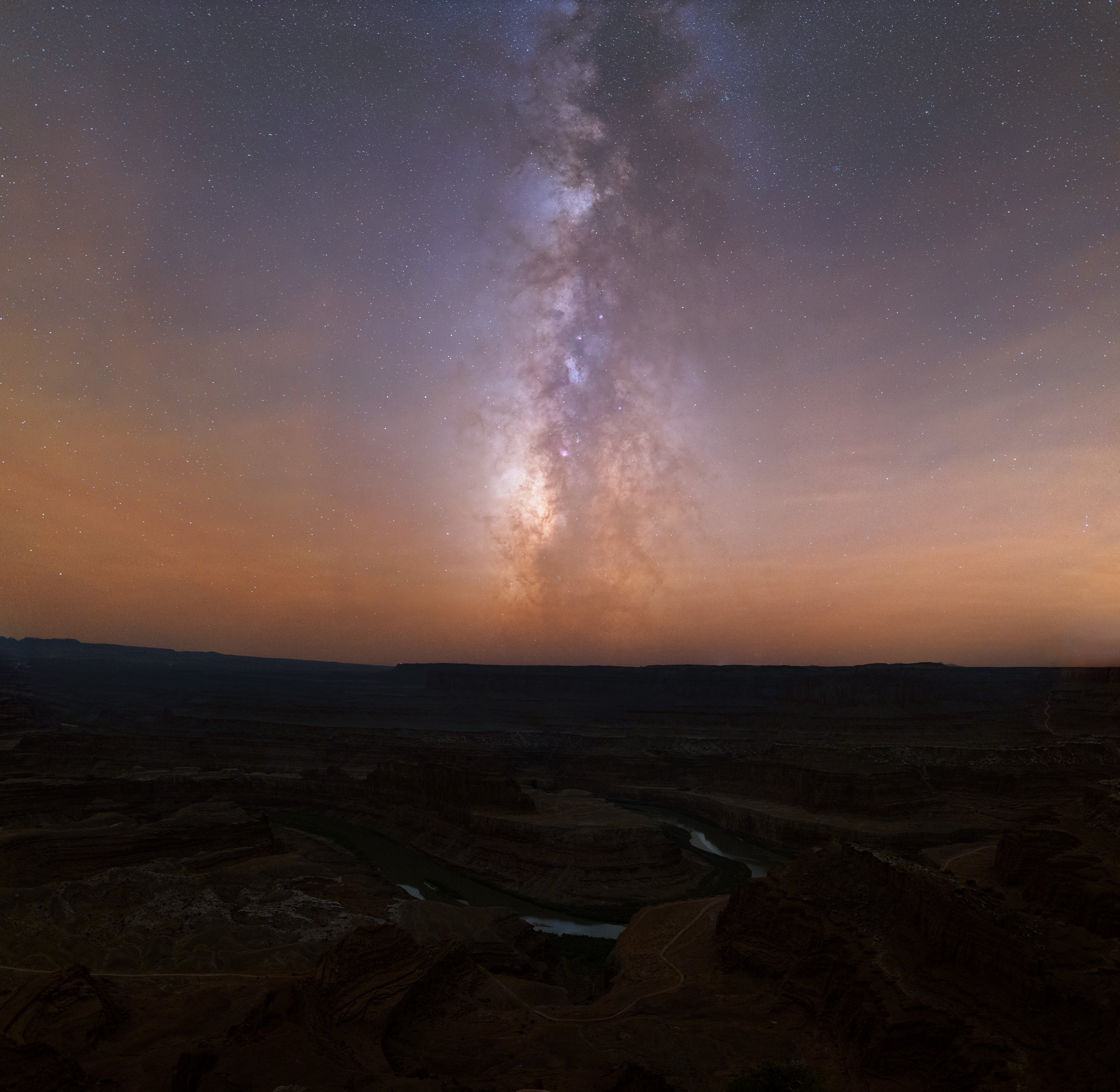4 weeks and counting...
 As most of you in the U.S. know, this winter has already been brutal. So today begins my 4 week countdown to the Winter Star Party near Marathon, FL. I plan on blogging daily from WSP and hope to incorporate video for those of you just finishing your snow shoveling:-) The star party is really a wonderful break from the winter climate of the mid-Atlantic area. I spent some time today working on compositions for the week and hope to bring back some wonderful data. I also have plans for documentary work that I hope to share on the site sometime down the road. So I post an image today taken from the 2009 WSP as I longingly look forward to the 2010 event. Stay tuned for much more to come...
As most of you in the U.S. know, this winter has already been brutal. So today begins my 4 week countdown to the Winter Star Party near Marathon, FL. I plan on blogging daily from WSP and hope to incorporate video for those of you just finishing your snow shoveling:-) The star party is really a wonderful break from the winter climate of the mid-Atlantic area. I spent some time today working on compositions for the week and hope to bring back some wonderful data. I also have plans for documentary work that I hope to share on the site sometime down the road. So I post an image today taken from the 2009 WSP as I longingly look forward to the 2010 event. Stay tuned for much more to come...
An Interesting Night Scene...
 Here is an example of an interesting night sky scene, but one that doesn't quite make the final astronomy portfolio. It is a patch of sky just off of the bright star Rigel of the constellation Orion. The nebula is referred to commonly as the Witch Head Nebula for obvious reasons and can be found by searching for IC 2118 in astronomical data banks. The nebula is remnance of dust and gas from a prior supernova in the area. The object itself is in the constellation Eridanus. The image is fine to look at, but does not make the final cut for portfolio print quality. The data simply isn't strong enough for print and the composition isn't quite strong enough. This will be one of my targets for the upcoming Winter Star Party in the Florida Keys in February. The Takahashi FSQ 85 with reducer should provide just the right composition, although I may have to go to a 200mm lens as well. Just another example of the many hours that go into images that you may or may not see in final print and on the portfoio pages. Thank goodness that blogs at least give some of these images a home. Take care.
Here is an example of an interesting night sky scene, but one that doesn't quite make the final astronomy portfolio. It is a patch of sky just off of the bright star Rigel of the constellation Orion. The nebula is referred to commonly as the Witch Head Nebula for obvious reasons and can be found by searching for IC 2118 in astronomical data banks. The nebula is remnance of dust and gas from a prior supernova in the area. The object itself is in the constellation Eridanus. The image is fine to look at, but does not make the final cut for portfolio print quality. The data simply isn't strong enough for print and the composition isn't quite strong enough. This will be one of my targets for the upcoming Winter Star Party in the Florida Keys in February. The Takahashi FSQ 85 with reducer should provide just the right composition, although I may have to go to a 200mm lens as well. Just another example of the many hours that go into images that you may or may not see in final print and on the portfoio pages. Thank goodness that blogs at least give some of these images a home. Take care.
Technical details: The image was captured during the Winter Star Party 2009 in the Florida Keys. Telescope was a TMB 92SS with Televue focal reducer/flattener in place. The camera was a modified Canon 450D. 30 images of 4 minutes duration were stacked in Images Plus after RAW conversion in Adobe Light Room 2.5. All enhancements were made within Adobe Photoshop CS4.
A great night for shooting stars...
How does your weather forecast look for the night of Sunday December 13? If you have clear skies and moderate temperatures, it will be a great night to get out under the stars and take in the Geminid meteor shower. The predictions are for a very nice event with peak meteors around midnight EST. Darks skies could yield as many as 120 meteors per hour. It is a great event to practice some astronomical photography as well. One technique involves a motorized mount tracking the stars. Simply use a wide angle lens and open your shutter for 30 seconds or longer with the camera pointed to Gemini. You should capture the meteors originating from near the constellation and you can blend all of the images together at the end of the night for a presentation of how many meteors were present over an extended period of time. You can also simply point your camera in the direction of Gemini on a fixed tripod and expose as long as necessary until you capture that bright fireball! Enjoy the event and keep us updated if you get out. Unfortunately, our weather forecast isn't looking too good for Huntington, WV.
For more information please see Sky and Telescopes page on the shower.
First light...sorta
Last night was my first night to setup the Mach1 and Tak FSQ 85 for an imaging run. The clear sky clock looked wonderful and the skies were pristine during the evening. I setup in the backyard since I was hoping to have two straight nights of imaging and wanted to work out the kinks in the new gear. Setup went very smoothly and the equipment worked flawlessly. Unfortunately, a persistent puffy partly cloudy sky never relinquished. So no images were taken, but the gear checked out nicely. I was able to do a lot; monitored the drives performance via the autoguider, perform calibration for autoguiding, refined technique for using the laptop for focus with and without an h-alpha filter in place in the camera, and tested all of the new USB cords and hubs in use. So it was a successful night and I am ready to tonight! Clear skies!
Horsehead: A refinement in processing
With some time to process, I have dug into the Horsehead and astronomical workflow to find the best approach. My main efforts are built around noise reduction and determining at what point to apply noise reduction software. The choices are to apply in RAW conversion in LR or to wait and use a PS plugin or 3rd party independent software. I have previously used Noise Ninja after the image is nearly complete, but was recently introduced to Noiseware. I am using the Pro version of Noiseware as a PS plugin. The main advantage to Noiseware is that I can use it in my normal workflow within PS and can use color profiles effectively. Noise Ninja did not work well with color profiles as an independent app. Noiseware has numerous controls, too numerous to mention here, for controlling how and where the noise reduction is to be applied. My thoughts are that it might be best to add some noise reduction in the RAW file in LR and then utilize Noiseware late in the processing stage. This particular image had no noise reduction applied in LR. I am going to rework the Horsehead image with that approach and will report back with results. One thing I love about astronomical photographs is that they are so difficult to work with that it makes landscape optimization so much easier. Take care and check out Noiseware if you get a chance on some really noisy images.
One other change in workflow with this image involved applying a flat field from the RAW camera files to the image in PS. This worked very well and is now a part of my workflow. I found no advantage to applying dark frames to the image. I believe dark frames are largely a waste with the Canon 450D and that simply increasing the amount of signal is the best way to maximize the signal to noise ratio.
Jeff's Blog
Join me on photography journeys from desert landscapes to deep sky wonders.




















